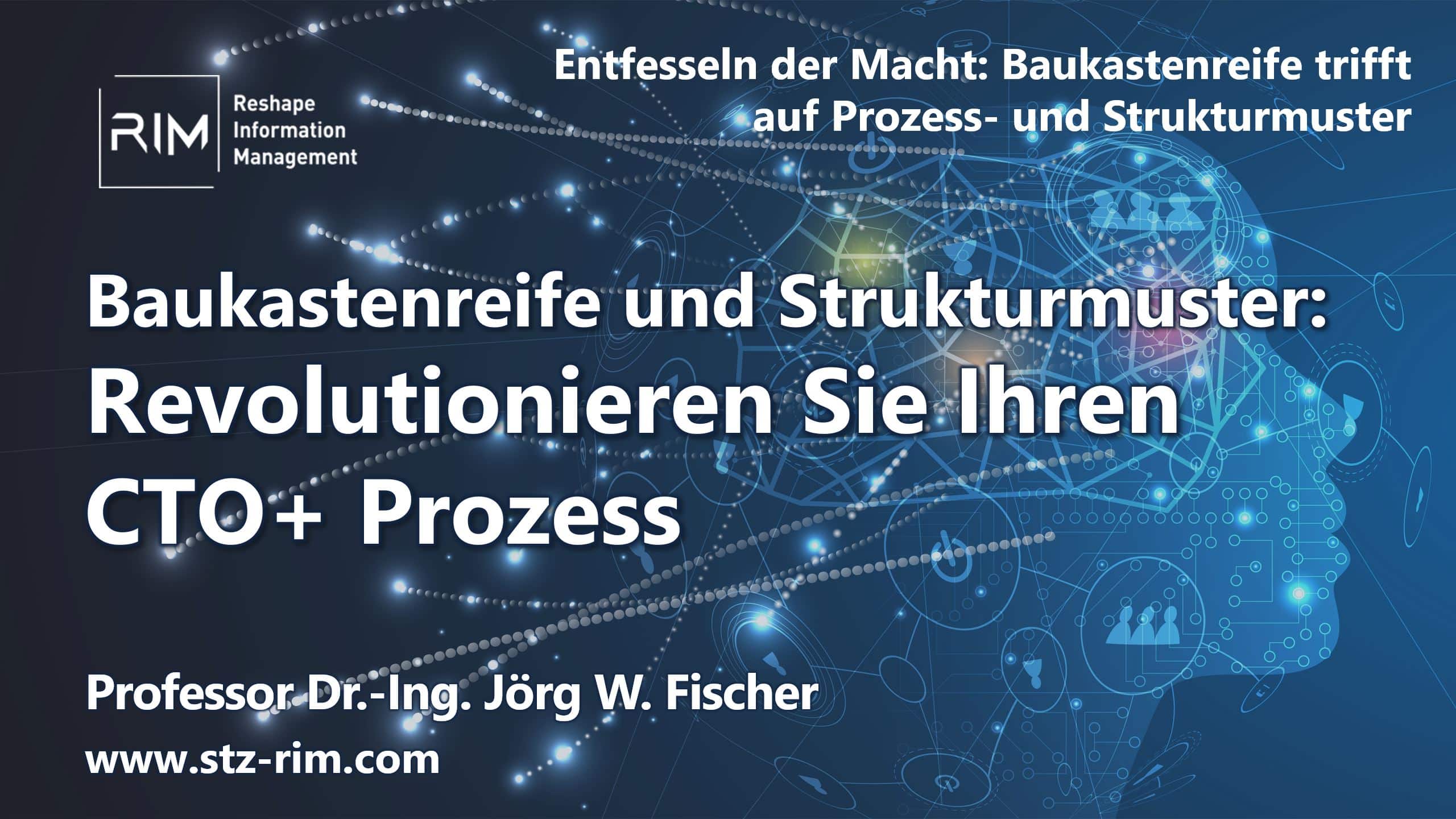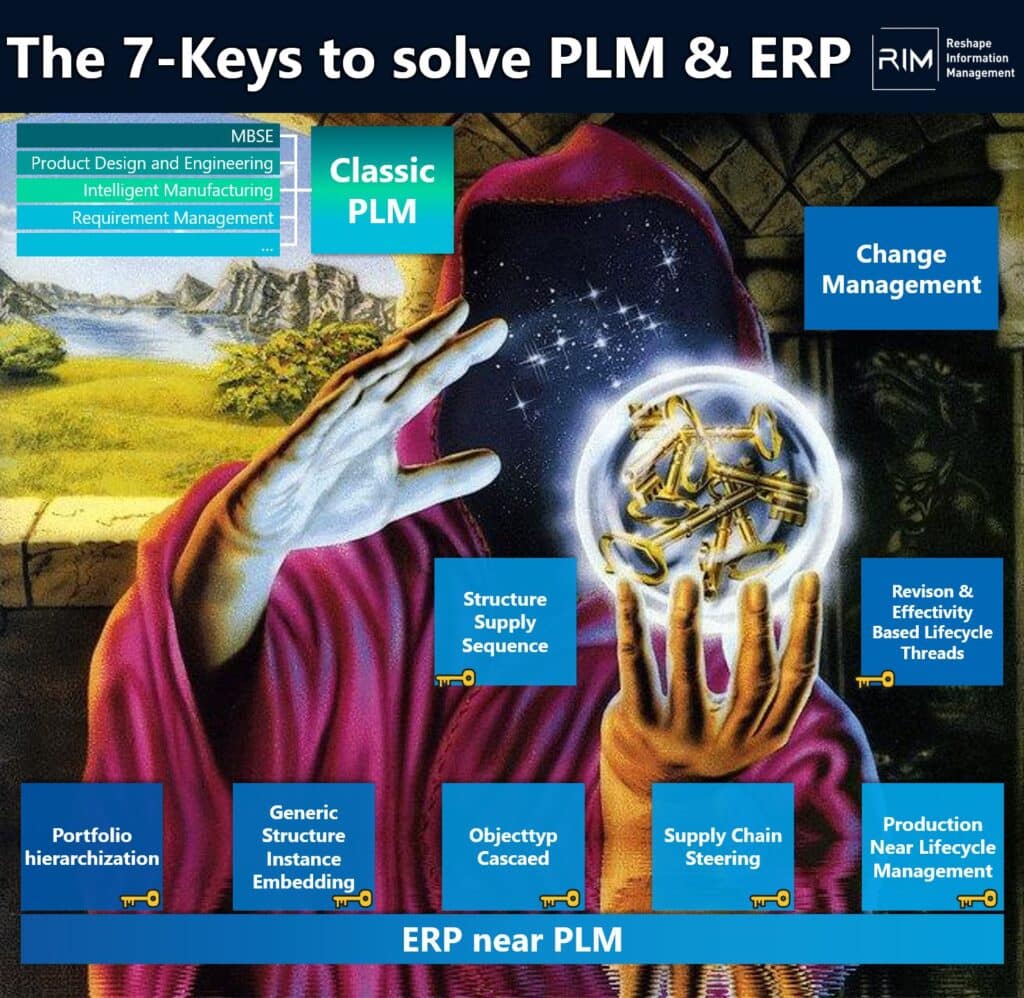Modularity and structural patterns: revolutionize your CTO+ process
Welcome the ultimate expedition into the world of product building blocks, process patterns and their different levels of maturity! 🔥🚀
The variety of product kits and their maturity levels
In many companies, lively discussions are taking place around building blocks and modularization. All too often, however, it remains hidden that building blocks have a wide range of maturity levels and that the process patterns and associated multi-structure concepts can differ greatly from one another. The true effectiveness of a building block only becomes apparent when the process pattern and multi-structure concept are perfectly aligned.
The maturity levels of a modular system play a decisive role in product development and should not be underestimated. Here, we essentially distinguish between **Early Industrial Engineering** and **Late Industrial Engineering**.
Early Industrial Engineering
The Early Industrial Engineering maturity stage is at the beginning of the product development process. Here, the aim is to form basic ideas and concepts. The design of the product is not yet fixed, and various options are being considered. A well-structured process pattern at this stage can lay the foundation for the entire product lifecycle.
Late Industrial Engineering
This contrasts with the Late Industrial Engineering maturity stage. Here, the main components of the product have already been defined and the focus is on fine-tuning and optimization. The process pattern must focus on efficient implementation and product lifecycle management (PLM).
Design-to-operate process and order-to-delivery process
In this video, we dive deep into the variety of product building blocks and their different maturity levels. We lift the veil on how these impact the multi-structure concept and Product Lifecycle Management (PLM). Are you curious about how Early and Late Industrial Engineering rewrite the rules of the game for product structures? Then you've come to the right place!
We navigate the maze of the **Design-to-Operate process** and reveal the complex connections to the **Order-to-Deliver process**. Discover the hidden secrets that make these two processes work together so efficiently, and learn how to apply these insights to your own projects.
The captivating process pattern CTO+
This entire video is designed around the compelling process pattern CTO+. CTO+ stands for "Create, Test, Optimize and More." It is an innovative approach based on combining the strengths of Early and Late Industrial Engineering.
CTO+ enables companies to optimize their product development processes while maintaining a high level of flexibility. By integrating feedback and testing at an early stage, products can be brought to market faster and continuously improved.
Tips and tricks for your own product development
Prepare for an immersive journey through the world of product development and process design, enriched with helpful tips and tricks. Here are some recommendations you can apply in your own product development to revolutionize your CTO+ process:
1. interdisciplinary teams
Make sure that your development team consists of different areas of expertise. The collaboration of experts from different areas leads to innovative ideas and approaches to solutions.
2. agile methods
Use agile methods to react quickly to changes. Continuous integration of feedback allows you to continuously optimize your product.
3. prototyping
Use prototyping techniques to develop a tangible product early. Prototypes allow you to test your ideas and make improvements before going into full production.
4. customer orientation
Always stay close to the customer. Collect feedback and incorporate the needs of your target group into the development process.
5. data-driven decisions
Make decisions based on data and analysis. This enables you to make informed and objective decisions.

By loading the video, you accept YouTube's privacy policy.
Learn more




